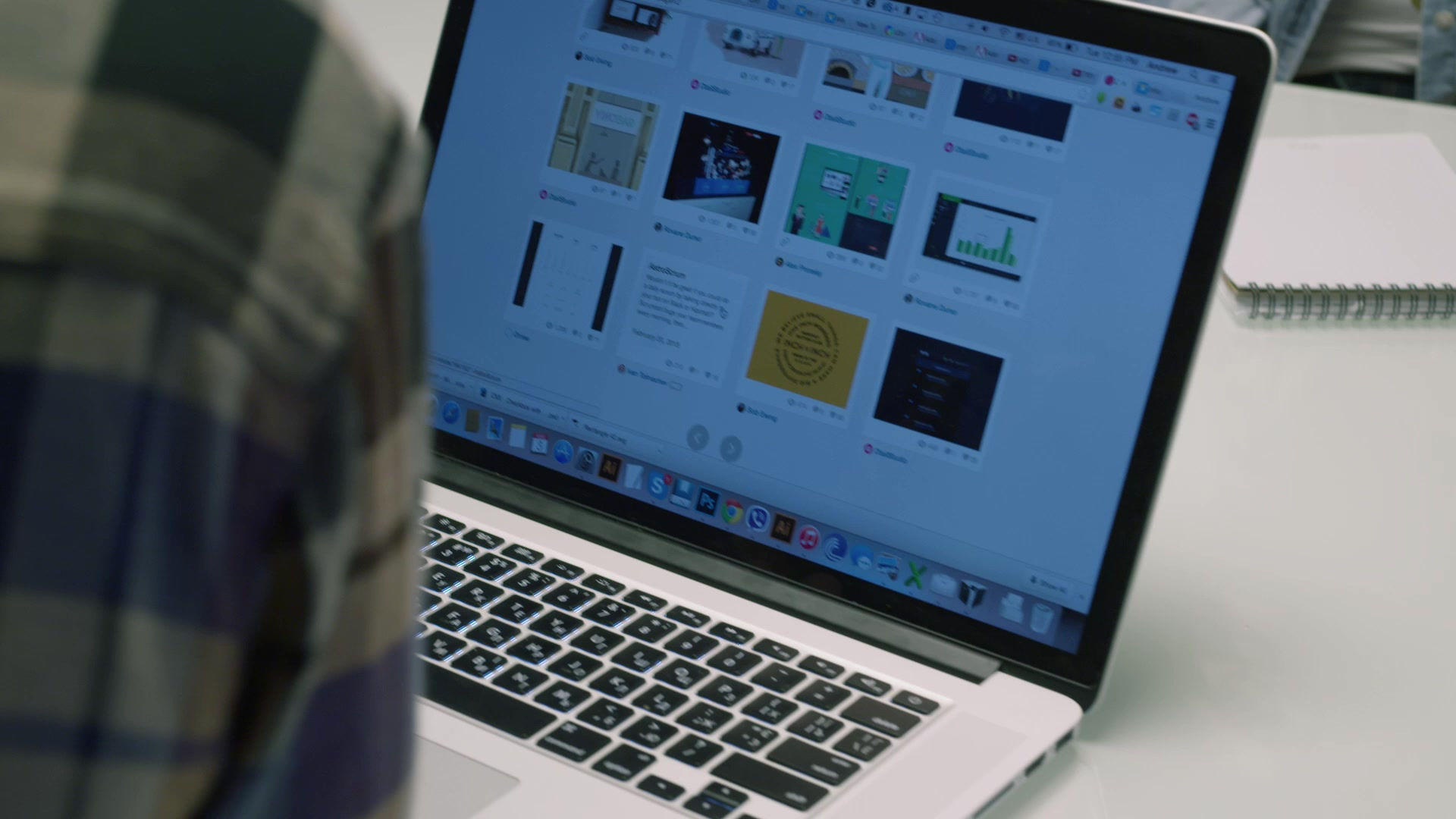What is The Connection Between Neuroscience And Effective Booth Design?
- triumfomiddleeast
- Sep 2
- 3 min read
Have you ever pondered why some booths immediately attract your attention while others go unnoticed? The solution is in neurology. This blog explores how the human brain reacts to design, colours, and layout. You will also learn how exhibition stand builders in Saudi Arabia use neuroscience to create customised booth designs and impressive pavilions.

Understanding Neuroscience in Booth Design
The study of neuroscience examines how information is processed in the brain. Your brain responds rapidly to visual, aural, and even olfactory inputs when you are in an exhibition. By being aware of these responses, exhibitors can design memorable and welcoming displays. It is science working in your benefit, not just design.
The Role of First Impressions
In a matter of seconds, your brain makes fast decisions. Booth entry points, illumination, and branding are so important. A warm, well-lit area conveys security and confidence. However, clutter drives away guests and confuses the brain. Every element of a custom booth design guarantees that the correct impression is created.
Colour Psychology in Booths
Colours have a strong influence on decisions and mood. For example, red generates energy, green represents development, and blue promotes serenity. Expert Saudi Arabian exhibition stand builders use colour to elicit emotions that complement a brand's message, resulting in an eye-catching and persuasive booth.
Layout and Flow Matter
There is a purpose behind how guests navigate a booth. According to neuroscience, humans choose open areas and well-defined pathways. Deeper involvement and exploration are promoted by a fluid layout. A well-designed flow keeps visitors interested and engaged, whether it is for a national pavilion or a single brand.
Engaging Multiple Senses
Engaging various senses helps the brain remember experiences. Stronger memories are produced by textures, interactive screens, visual displays, and even delicate scents. Long after the event is over, guests will remember your brand thanks to a unique booth design that engages more senses than simply sight.
Storytelling Through Design
Stories are ingrained in human memory. A booth takes use of this fundamental desire by telling a tale through visuals, graphics, and interactive components. Whether your booth is a nationwide pavilion or a global brand, integrating storytelling elevates it from a show to an experience.
The Power of Familiarity
Neuroscience demonstrates that humans trust familiarity. Comfort and credibility are increased by using identifiable brand colours, logos, and messaging. However, adding a little bit of originality to a bespoke booth design makes it interesting and novel while striking a balance between innovation and trust for optimum effect.
Emotion Drives Decisions
Rather than using reason, visitors frequently base their decisions on their emotions. A favourable emotional connection is produced by the welcoming staff, cosy seating, and warm lighting. People are more inclined to invest in your goods and services, spend time with you, or give information when they feel an emotional connection.
Why Pavilions Stand Out
A national pavilion is an emotional and cultural experience rather than just a collection of stalls. By fusing design psychology, cultural symbols, and national pride, they employ neuroscience. This leaves a lasting impression on audiences all throughout the world, instilling a strong sense of pride and belonging.
Collaborate With Experts To Make Your Booth Design Work Impressively!
Designing an exhibition booth is more than arranging structures; it is about understanding how people think and feel. At Triumfo Exhibition Organizing LLC, they apply neuroscience to design impactful booths, custom booth designs, and stunning national pavilions. As a trusted exhibition stand builder in Saudi Arabia, they help you connect with your audience in ways that truly matter.




Comments